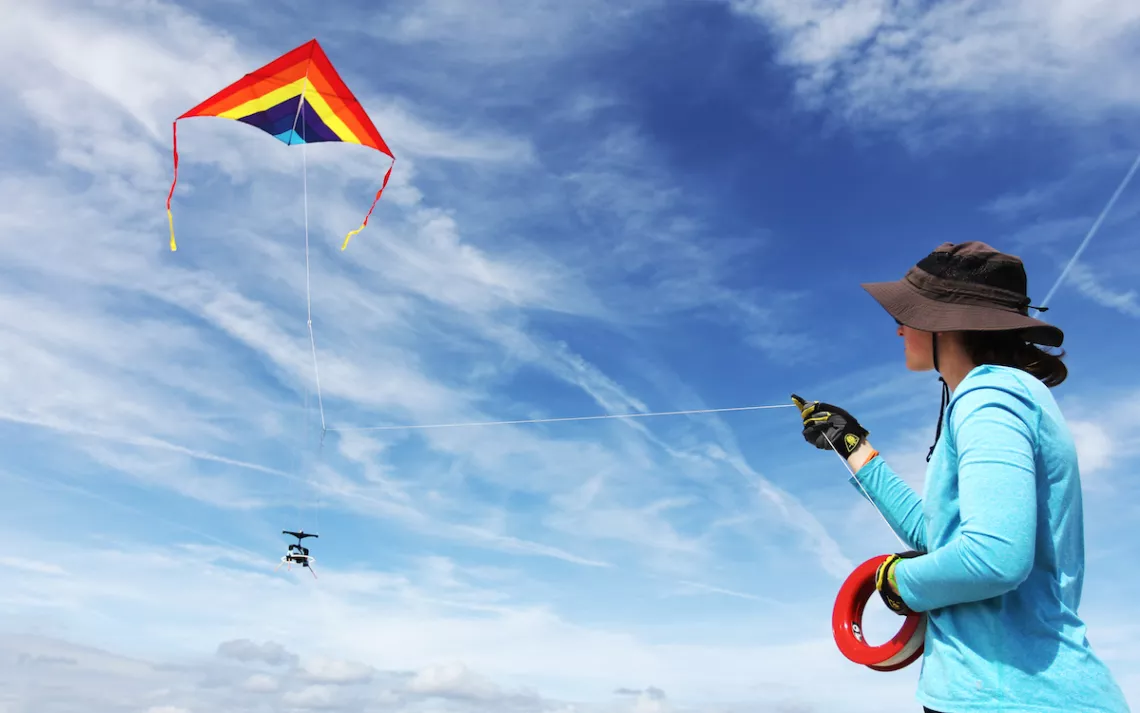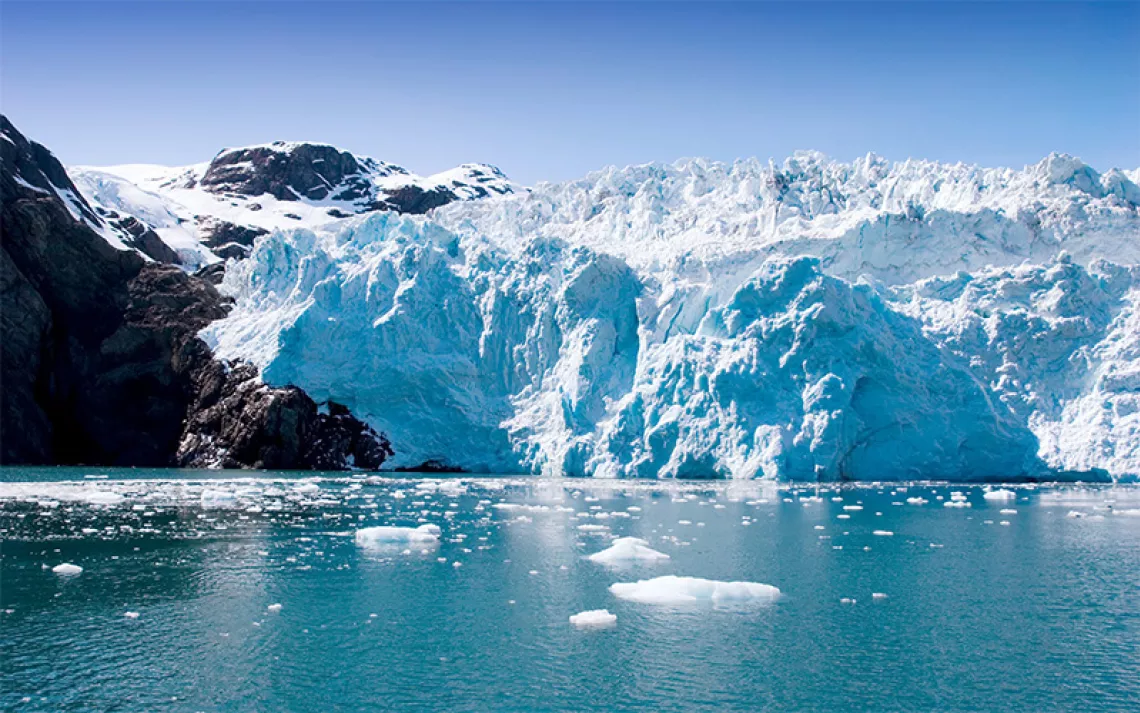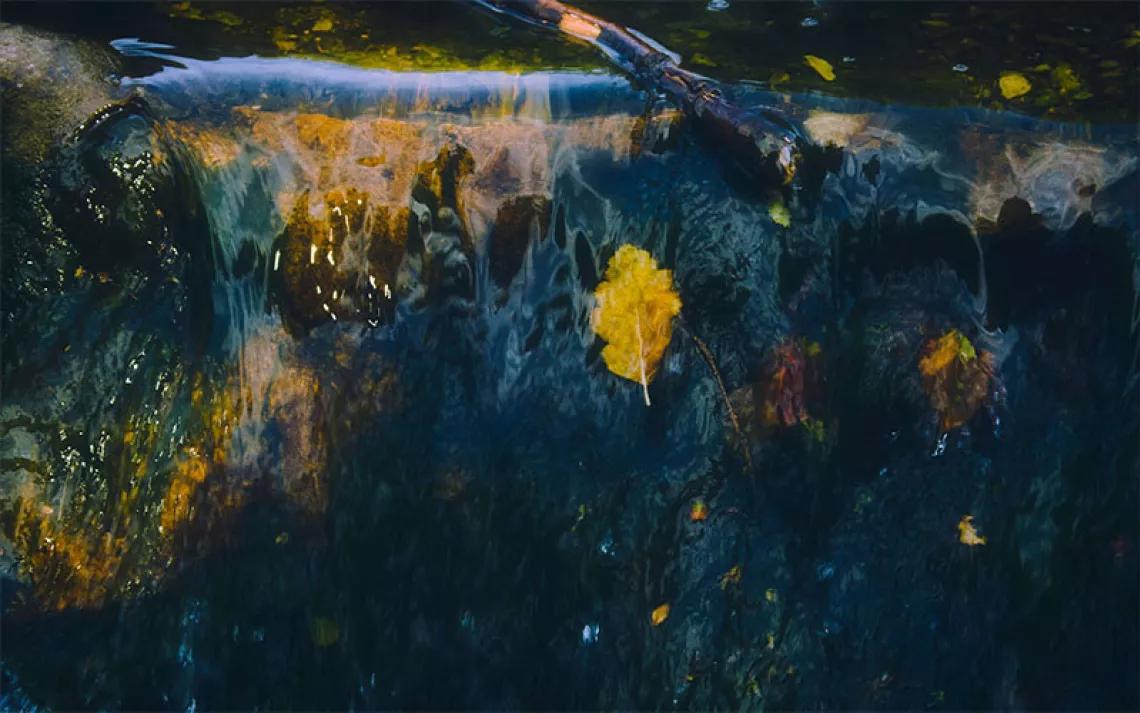Go Fly a Kite!
Scientists are using kites for data about superstorms, rising waters, and dunes

Photo courtesy of UNC Research/Mary Lide Parker
Dunes anchor coastal Carolina. These mounds of sand dotted with only the most adaptive of vegetation take a beating at the hands of Mother Nature. The natural barriers can endure almost anything the Atlantic Ocean stirs up, from gradual erosion to superstorms, protecting the regions behind them from wind, waves, and salt spray.
Once in a while, however, barrier dunes, which can take a decade to build up naturally, are flattened in a day by a single storm.
Elsemarie deVries and a team of researchers at the University of North Carolina at Chapel Hill Coastal Environmental Change Lab are looking at the impact that superstorms, like recent Hurricane Andrew, have on dune ecosystems. They want to know if the dunes that we’ve long depended upon as buffers from the ocean waves can hold up against more powerful storms and the rising tides that may result from global climate change.
And what better way to study the changing dune ecosystem than by employing the quintessential beach pastime of flying a kite.
DeVries and her team use a kite equipped with a camera to look at dune structure. They can measure changes in the dunes over time by taking batches of aerial images noting height, width, and volume. DeVries puts the images into a program that stitches them into a digital surface model; then, using GPS technology, she can look at exact points on the digital surface model to increase accuracy.
DeVries also uses drones in the field, but she’s become attached to the low-tech method of gathering data. Unlike drones, kites—which have also been used in a similar way to study the oil spills in Louisiana—are inexpensive and don’t require a permit. They’re a great way, she says, to follow the evolution of dunes and how they protect the development behind them from destruction.
DeVries and her fellow researchers are particularly concerned that as storms become more powerful and more common, there won’t be enough time between hurricanes for these barriers to build back up again. Not to mention that the storms will be so robust that they will, in effect, bulldoze the beach. At Edisto Beach State Park in South Carolina, she says, “the dunes were completely wiped out after Andrew.” She was impressed by the totally flat overwash plain. The beach was covered in seashells, which provides insight into the huge amounts of water that pushed inland during the storm. Shell cover, she says, makes it more difficult for the sand to be transported back to where it came from, because it’s weighed down. That makes dune recovery slower when it’s needed the most.
DeVries is convinced that dunes will be increasingly important in the future to protect the eastern seaboard from storm destruction. After Superstorm Sandy, she says, “you could tell which areas had dunes in front of them and which did not by the amount of destruction left behind.”
According to Spencer Rogers, coastal construction and erosion specialist at the University of North Carolina at Wilmington’s Center for Marine Science, dunes help knock down large waves during storms. He says that as sea levels rise, “peak storm surge and wave height will get a little worse, and, over a couple of decades, storm surge could be noticeably higher.”
While we don’t yet know how much waters will rise, says Rogers, proper planning is definitely a priority.
Over the past 70 years, median erosion along the North Carolina coast has been around a foot a year. Unlike this long-term erosion, storm-induced erosion is highly temporary because the sand starts to regenerate the dune immediately. But when storms come back to back and the surge is higher, the possibilities for dune recovery are less certain.
Beach nourishment projects—dumping sand from another location onto the beach—can help with dune preservation because they give inland dunes more time to build up and grow in height, width, and volume before the next storm. (“The bigger the dune, the more protection,” says Rogers.) But redistributing sand onto an eroded beach is not the same as a naturally built dune because there’s no vegetation to serve as an anchor. Plants that colonize the dunes help trap blowing sediment. Once these "pioneer" species gain a foothold in the dune ecosystem, other less adaptive species can establish a home as well, which makes for a more permanent, stable ecosystem.
 The Magazine of The Sierra Club
The Magazine of The Sierra Club







